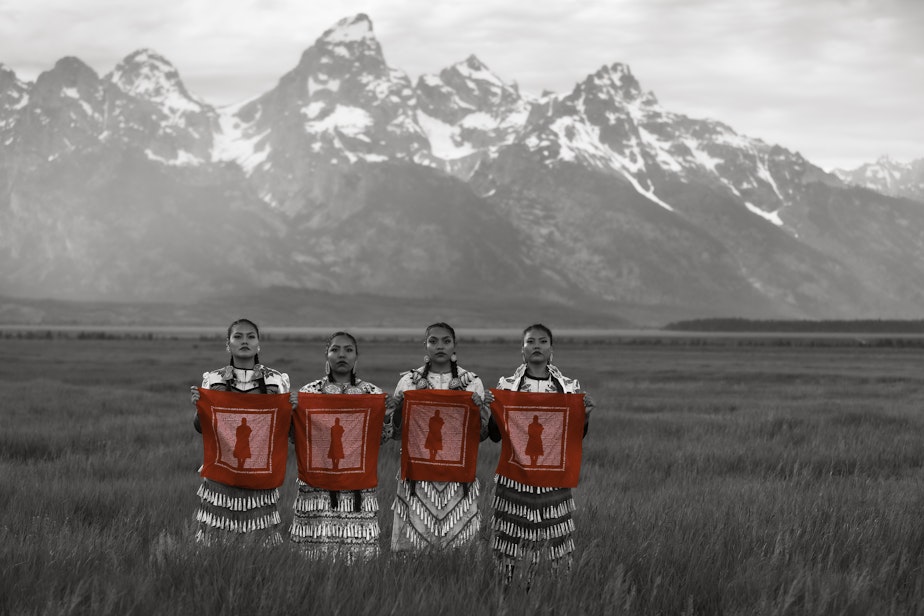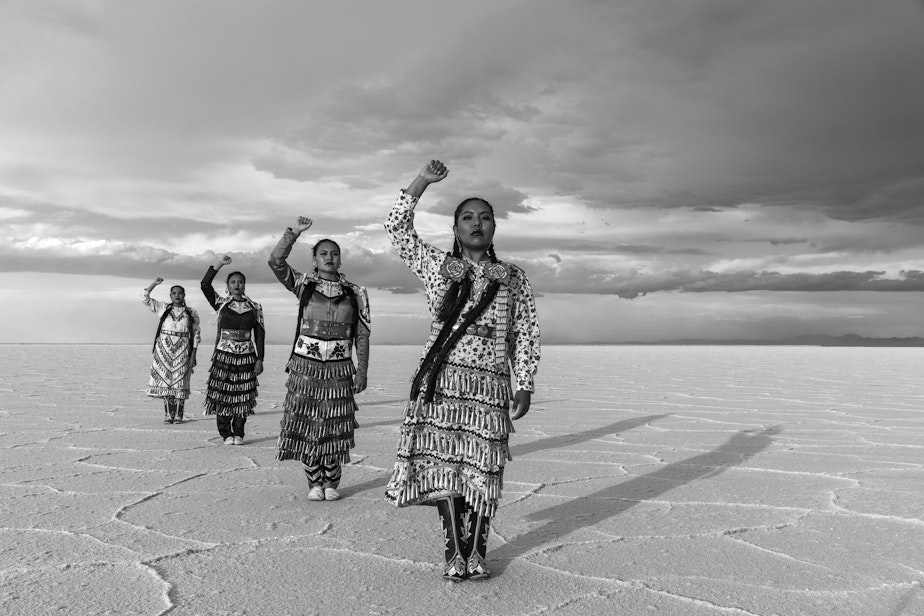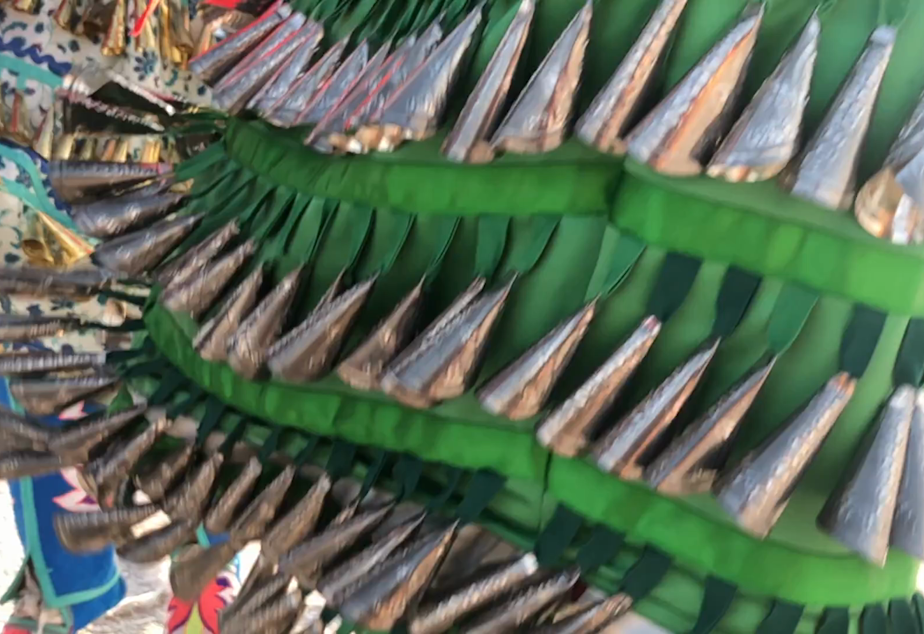'The resilience of native women': These Navajo matriarchs heal and educate through dance

Thousands of American Indian and Alaska Native women and girls are missing — many presumed murdered, their families denied the dignity of laying their bodies to rest.
"Art Heals: The Jingle Dress Project" honors these women and their land, while educating non-native people along the way.
Murder is the third-leading cause of death for indigenous women, according to the Not Invisible Act that was signed in 2020. Their murder rate is three times higher than that of white women. The painful statistics are made all the more complicated in the Navajo culture, which regards all women as matriarchs.
RELATED: 'This came from a dream.' How this Navajo family is healing with dance
"Native women are powerful," says Sunni Begay, one of the Navajo jingle dress dancers who's traveled about 30,000 miles in the last year to demonstrate "the resilience of Native women.
"That's part of reclaiming your indigeneity: recognizing that Native women are leaders and we are equal."
Begay and her sister JoAnni Begay — who is not currently dancing with the troop — was recruited to the project by creator, award-winning photographer and family friend Eugene Tapahe; his daughters, Erin and Dion Tapahe, make four dancers, representative of the number's significance in their culture.
They danced at the Duwamish Longhouse and Cultural Center in West Seattle on July 17. Executive Director Jolene Haas told the the largely white crowd it was not a "performance" nor "entertainment."
The healing dance at the heart of the jingle dress tradition is ceremonial — each conical metal jingle adorning the dancers' dresses represents a prayer and a blessing.
The Tapahes and Begays have spent the last year dancing on native lands across the United States, to heal the land, Mother Earth and their ancestors.
Among them, the missing and murdered indigenous women. They dance with red scarves on their hips — the design features the silhouette of a woman in her jingle dress, paying homage to those who have been lost.
"People have actively tried to hide this problem for so long," Erin Tapahe says. "A lot of people have never heard of it. They follow us [on social media] without really knowing anything about native issues or Native American people."
She says people just see "a pretty picture" when they see her father's photographs documenting their journey. They see pretty dresses with intricate beadwork and the jangling cones. They don't know the why behind these traditions. And they don't know the power of native women.
"It's weird to live in a patriarchal society where men lead, and then, go back home and be where women lead," Begay said.
Dion Tapahe is the youngest in her family. She says her sister, Erin, and the other women in her life were her leaders, her matriarchs through childhood. She never felt entirely in touch with her own status as a matriarch — that's changed.

"I've really been able to see myself as someone who is powerful," she says. "It's changed my perspective on how I uphold myself and how I present myself ... It's important to me to keep that [positive] image. Because there are so many people in this world who need examples of good Native women."
"Good Native women" who are encouraged to be strong, who honor those who came before them and who preserve their proud history for the next jingle dress dancers.
"That's what we're doing here: to help encourage the younger generations to be proud of who they are, " Erin Tapahe says.
You can find more about the project and see Eugene Tapahe's photographs documenting their progress here and on Instagram.

 1 min
Jingle dresses feature intricate beadwork and, of course, the jingles - metal cones - the dresses are named for. Here, you can see their movement in slow motion, as the Begay and Tapahe sisters dance at the Bonneville Salt Flats in northwestern Utah.
1 min
Jingle dresses feature intricate beadwork and, of course, the jingles - metal cones - the dresses are named for. Here, you can see their movement in slow motion, as the Begay and Tapahe sisters dance at the Bonneville Salt Flats in northwestern Utah.




